 Cheesemaker Jodi Ohlsen Reed asked me about myself when I first met her. I was nervous, writing about a local gem in Minnesota, my first such piece, and I didn’t expect to talk about myself. I think I said something about it all being a blur, which is not what I meant to say, or at least not how I meant to say it. It was a brief response, a move-along-and-this-is-not-about-me response. But from the look on her face, I gathered something of what she inferred. It has been a blur in some ways, a happy blur of yeast doughs and storybooks and bike rides for kakigori, walks to parks, and steam-filled kitchens and tables full of good food. The details over time are a blur, but I think that’s largely because I was so intent on paying attention in every moment. I remember moments and patterns, how my Honey Girl used to say, “Mama, Yisten” when she wanted to tell me something, or how she thought that you whispered into someone’s nose and would cup her little hands around mine to tell me a secret, how she waited for the sound of my Dear Husband’s footsteps on the staircase every night with sweet excitement. Or how my Sweet Boy would eat a bowl of oatmeal at his little table and say, “Thank you, Mama” when he finished every morning in a still-sleepy voice, how he never ordered the same flavor of gelato twice when we lived in Tokyo —sakura, matcha, anko, ichigo—, and how he danced, freely and without inhibition, whenever and wherever he heard music when he was little. I remember the feeling of holding them in footy pajamas, limp and heavy and ready for sleep, the way our Sweet Boy always patted our backs with his small hands. And the way they both looked so intently at a storybook being read aloud. They were tired years, many of them, years of interrupted sleep and happy-drowsy hours reading and baking and playing. Don’t let them slip by without drinking up every moment.
Cheesemaker Jodi Ohlsen Reed asked me about myself when I first met her. I was nervous, writing about a local gem in Minnesota, my first such piece, and I didn’t expect to talk about myself. I think I said something about it all being a blur, which is not what I meant to say, or at least not how I meant to say it. It was a brief response, a move-along-and-this-is-not-about-me response. But from the look on her face, I gathered something of what she inferred. It has been a blur in some ways, a happy blur of yeast doughs and storybooks and bike rides for kakigori, walks to parks, and steam-filled kitchens and tables full of good food. The details over time are a blur, but I think that’s largely because I was so intent on paying attention in every moment. I remember moments and patterns, how my Honey Girl used to say, “Mama, Yisten” when she wanted to tell me something, or how she thought that you whispered into someone’s nose and would cup her little hands around mine to tell me a secret, how she waited for the sound of my Dear Husband’s footsteps on the staircase every night with sweet excitement. Or how my Sweet Boy would eat a bowl of oatmeal at his little table and say, “Thank you, Mama” when he finished every morning in a still-sleepy voice, how he never ordered the same flavor of gelato twice when we lived in Tokyo —sakura, matcha, anko, ichigo—, and how he danced, freely and without inhibition, whenever and wherever he heard music when he was little. I remember the feeling of holding them in footy pajamas, limp and heavy and ready for sleep, the way our Sweet Boy always patted our backs with his small hands. And the way they both looked so intently at a storybook being read aloud. They were tired years, many of them, years of interrupted sleep and happy-drowsy hours reading and baking and playing. Don’t let them slip by without drinking up every moment.
My Sweet Boy and Honey Girl and Dear Husband have been missing that since I started a business two and a half years ago, and then started this blog. And their recent comments and requests, that I be present in the way I used to be when I wasn’t working, sweet expressions of missing our time together, brought to mind a food writer and cookbook author I met twenty-some years ago. She was fiercely successful, but not present in her life in all the ways that seemed to matter most to me. She seemed so distracted, about everything besides her work, and her children seemed virtually invisible to her, when they weren’t a frustrating interruption. It was a disturbing sight, all of the yelling and hubbub and unnecessary chaos. She seemed so totally consumed by her paid work, something which, in my mind, wasn’t the most important work of her life. So I post less frequently now. The project of the blog can wait. Life is happening, the everyday, the most important bits, what will be, in retrospect, my happy blur.
Chicken Tips:
- Chickens fall into several categories, usually labeled fryers, roasters, and broilers. Don’t worry about the labels. You’re looking for a three-pounder, the fryer. Fryers, roasters, and broilers are labeled as such to represent age and resulting size. As in life, younger means smaller and more tender—so you’ll generally find that chickens weighing two and a half to four pounds are labeled as fryers, four to six pounds as broilers, and six to eight as roasters. You can fry, broil, or roast them all, but a fryer, or young bird, I find, makes for the most tender eating. If you stumble on a capon or a stewing chicken, you’ve found a castrated rooster or an older hen, respectively. Not too many cooks today want to buy an old hen to save a little money—and there’s money in young chickens for processors, so they’ve vanished for all practical purposes. I see capons now and then, but I haven’t seen a stewing chicken in a market for many years. I always purchase chickens raised and processed by Kadejan in Glenwood, Minnesota. Their excellent, and humane, practices deliver superior eating, too.
- Roasting a chicken should be a simple and stress-free experience. You can do all sorts of things to a chicken, or you can skip them all. The details are up to you. I don’t truss. I don’t stuff. I do turn. But you needn’t if you don’t want to. I turn my chicken twice during the roasting process because I find the meat is juicier, the skin more evenly crisp, and because it emerges from the oven like some kind of bronzed beauty heretofore only seen on food magazine covers, which gives me a little thrill. If you don’t want to turn your bird as she roasts, don’t. The results will still be delicious. At the end of the day, if trussing or stuffing or turning give you pleasure as you cook, then do them. If they don’t, don’t. It’s your dinner. I’ve given directions below for the method I follow, including the turns.
- You need to raise your bird above its cooking surface. This is done most deliciously by placing it on a little bed of potatoes, in my opinion. Any kind of potato will do—little new red potatoes, Yukon gold, peeled or unpeeled. It they aren’t baby potatoes, cut them into small pieces so that they cook through during the shortened cooking time. The chicken’s juices will drip down and through the potatoes—or any other vegetable you might use—and create crispy richness. A roasting rack will also do the job.
- You don’t need a proper roasting pan to roast a chicken. Any oven-safe pan with low sides that’s just larger than the chicken will work beautifully. Just be sure to elevate your bird in it.
- I first read about high-heat roasting a turkey in Jonathan Reynold’s March, 2000 cheeky piece for The New York Times magazine titled, Alice Waters Cooks Her Turkey Too Long. He took his cue from Karen Hess’ piece for The Times in 1974. I applied the principle to roasting chicken.
Simple, Perfect Roast Chicken
Ingredients:
One whole chicken, about three pounds
Salt and pepper
Softened unsalted butter or olive oil
Method:
- If time allows, the morning of the day you’re to roast the chicken, remove it from its packaging, rinse it under cool water, and pat it dry thoroughly with paper towels. If its neck and organs are tucked inside the cavity, remove those; they may be used for stock and pan sauce, if you wish. Rest the chicken on a large dinner plate or, if your refrigerator will accommodate, the pan in which you’ll roast it. Allow it to rest, undressed, in your refrigerator until cooking time. This will dry the skin, which makes it crisp beautifully in the oven.
- Take the chicken out of your refrigerator an hour before you intend to cook it. If you have less time, give it as much time towards an hour as you can. Allow a bit of extra roasting time if you skip this step. A cold hen takes longer to cook.
- Check that your oven is clean and wipe out any bits and drips of charred or dribbled dishes past before you preheat it to 450 degrees F.
- If you haven’t in the morning, now rinse the chicken, inside and out, under cool water, and dry her thoroughly with paper towels.
- Gently ease the skin up from the breast with your fingertips and rub a knob of soft butter, perhaps two or three tablespoons, or a good drizzle of olive oil under each side. If this seems too fussy, just rub the bird down without lifting the skin. I always do both, as I inevitably have extra butter on my hands.
- Liberally season the inside and outside of the bird with salt and pepper. Don’t douse it, but don’t be too stingy, either.
- Add a little drizzle of oil to the pan to prevent anything burning on its bottom. Do not add liquid; as it heats, it will steam the bird.
- Nestle the chicken into a roasting pan on its side, as if it were taking a little nap and was a side-sleeper.
- Roast the chicken for 15 to 20 minutes and remove it from the oven. With a wad of damp paper towels to protect your hand, grab the end of the chicken’s legs and, with one swift and confident motion, flip her to the other side, making a rainbow arch with her legs.
- Roast the chicken for an additional 15 to 20 minutes. Remove it from the oven and, using damp paper towels to protect your hand, right the chicken so that it is laying breast up.
- Finish roasting until the juices run clear (and not pink) when the thigh is pulled away or pricked, about an additional 10 to 20 minutes for a three-pound hen. A larger hen will take a bit longer. Check it every five to ten minutes.
- If you don’t wish to wrestle your hen back and forth through the turns, you may roast the bird, breast up, for the entire cooking time, about 45 to 50 minutes. It will be delicious this way, too. The flipping allows the hen’s juices to drip down through the bird as it roasts and also produces gloriously crisp skin on all sides.
- Allow the chicken to rest on a cutting board for ten to 20 minutes before serving.
- I like to serve roast chicken with potatoes, roasted or mashed; a vegetable mash such as celeriac; a vegetable gratin such as butternut squash, zucchini, parsnip, or rutabaga; a simple vegetable like peas or wilted lettuce; or, in the summer, with a simple green salad.

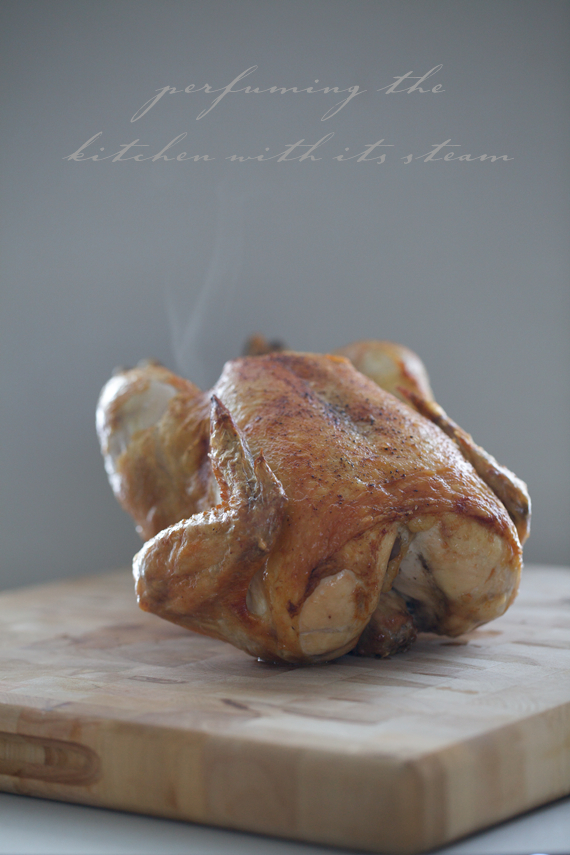






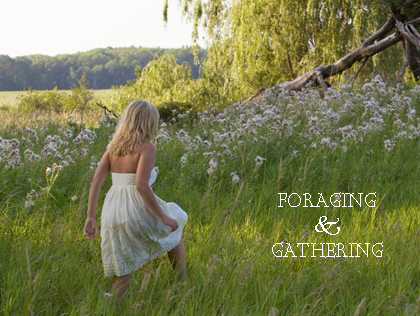
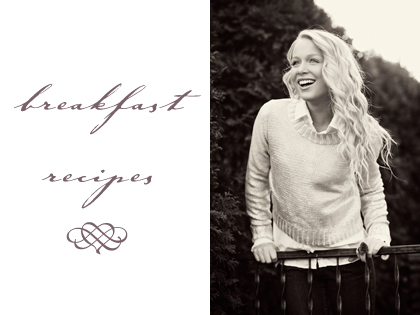
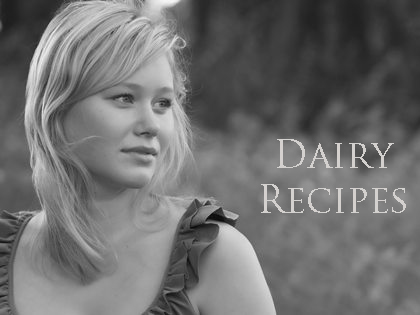

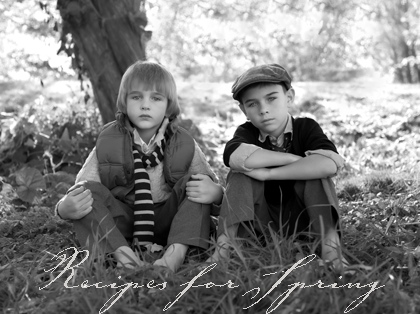









{ 12 comments… read them below or add one }
What a lovely post, Laura.
Thank you, Kris. You are always so kind.
I’m glad you recognize that life is happening around you It’s so good to spend time with the family and yours sounds super sweet!
It’s so good to spend time with the family and yours sounds super sweet!
Thanks for all the wonderful tips about roasting. I learned a bunch! I felt so bad the last time I did it because I had no idea what I was doing. Now I’ve got something to refer to. Hooray!
My roast chicken pretty much consists of the same ingredients as yours with the addition of lemon zest mixed with the salt & pepper and stuffing half a lemon into the cavity when roasting for moist chicken breasts. I’m going to be making them this weekend for my family and hope to get some photos of it for the blog.
Kaitlin, Thank you!
Lim Pei Lin, I occasionally do that, too, and my sister always does. Now you have me craving a lemon-scented roast chicken. Your yogurt-roast chicken looks delicious.
I love the image of the chicken taking a little nap on her side! Your writing and your recipes, Laura, make cooking and eating into very human activities. Fills my spirit. Thank you.
Judy, I can’t tell you how much that means to me. Thank you. xx
Hi Laura:
I have to tell you I made the mistake of buying one of those already roasted chickens because I just didn’t feel like cooking. Well, you get what you pay for because it was so salty I could hardly eat it. Never again! I’m going to try your recipe this weekend. I’ll use potatoes, carrots and onions for the bed and season with salt, pepper and garlic powder. This way, I can have my sides and protein cook at the same time and it’s like a one pot meal:) Thanks again for the recipe.
Sandra, Happy chicken roasting. I hope you’ll love it.
Yep Laura, best roasted chicken I ever made and ate:) I turned it as your recipe instructed.. During the last bit of cooking, I sauteed some bok choy (to go with my other veggies) and it was perfection. I will never buy one of those store cooked roasted chickens again. Thanks again for the recipe.
Sandra, I can’t tell you how happy this makes me. I’m so glad the recipe produced delicious results for you. Thank you for letting me know.